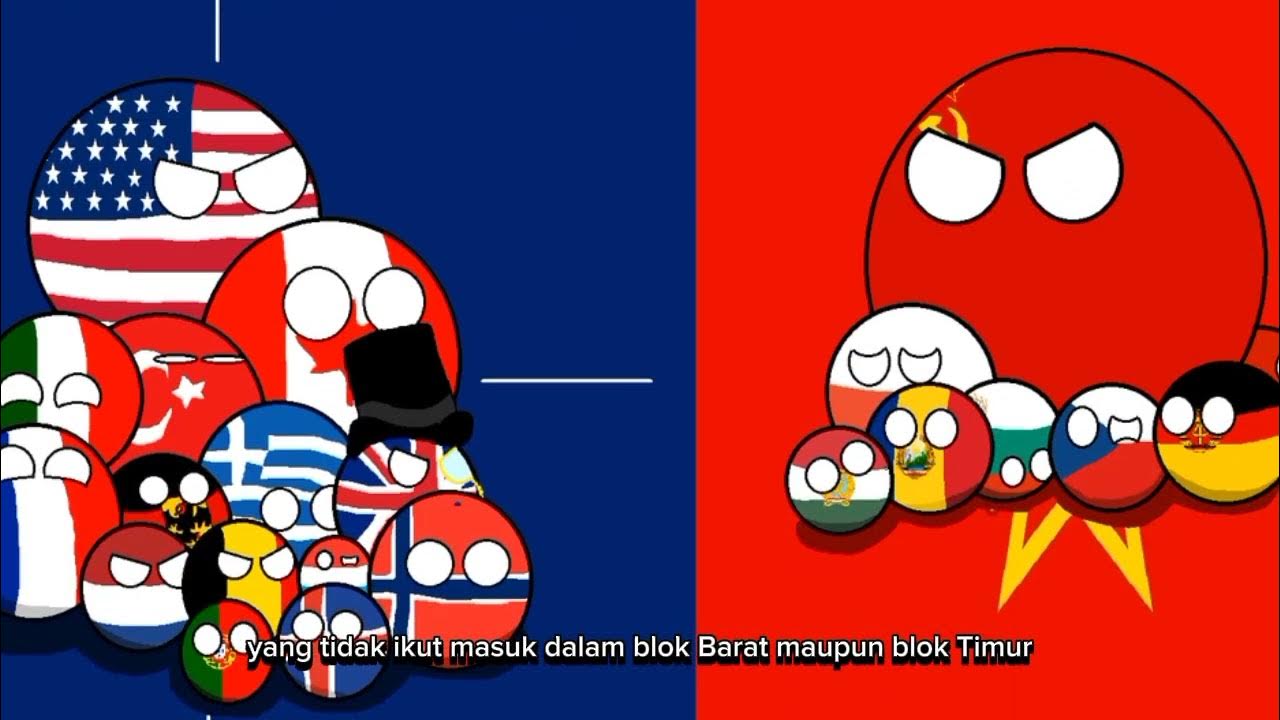Sistem Pemerintahan Masa Orde Lama, Orde Baru, dan Reformasi di Indonesia
Summary
TLDRThis video script explores the political history of Indonesia, from the end of the Old Order under President Soekarno to the rise of the New Order with President Soeharto. It highlights key events such as the shift from a parliamentary system to a presidential one, the influence of communism, and the economic and political changes during the New Order's 32-year reign. The script also touches on the 1997-1998 economic crisis, which led to the downfall of Soeharto and the onset of Indonesia's reform era, marked by political and social changes aiming to improve governance and societal well-being.
Takeaways
- 😀 The Old Order (Orde Lama) refers to the period of governance under President Soekarno from 1945 to 1968.
- 😀 The end of the Old Order occurred when the MPR Extraordinary Session appointed Soeharto as President in 1968.
- 😀 During the Old Order, Indonesia implemented different government systems including presidential-parliamentary systems and guided democracy.
- 😀 The key features of the Old Order democracy included strong dominance of the President and Vice President, with limited political parties and a highly centralized government.
- 😀 The New Order (Orde Baru) government, which lasted for 32 years, marked a shift in political, social, and economic structures under President Soeharto.
- 😀 The background to the emergence of the New Order involved the 1965 September 30th Movement (G30S), which led to Soekarno's removal and Soeharto's rise to power.
- 😀 The key characteristics of the New Order government included strong military influence, limited political parties, and a focus on economic development, particularly physical infrastructure.
- 😀 Indonesia's economy saw rapid recovery during the New Order, supported by international aid and investments, particularly from the IGGI (Inter-Governmental Group on Indonesia).
- 😀 The collapse of the New Order in 1998 was sparked by an economic crisis, resulting in political chaos and leading to the resignation of President Soeharto.
- 😀 The Reformasi movement in 1998 led to significant changes, including the end of Soeharto's regime, the removal of the military's dual function (dwifungsi), and constitutional amendments, marking the start of democratic reforms in Indonesia.
- 😀 The reform period brought forward changes in political, economic, legal, and social systems, aiming for greater transparency, political freedoms, and public participation in governance.
Q & A
What was the main characteristic of the Old Order government in Indonesia?
-The Old Order government, led by President Soekarno, was characterized by a highly centralized and dominant presidential system, with limited political party participation and frequent shifts in governance, including the implementation of presidential-parliamentary systems and guided democracy.
How did Soekarno’s leadership transition into the New Order under Soeharto?
-Soekarno's leadership ended after the MPR Special Session in 1968, which appointed Soeharto as president. Soekarno’s presidency faced economic and political challenges, including the 30th September Movement, leading to Soeharto taking control with the Supersemar (Order of March 11) decree.
What were the key characteristics of the New Order government?
-The New Order government, led by Soeharto, was marked by strong centralized authority, limited political participation (with only two main political parties), a focus on infrastructure development, and a strong military influence in politics. It also emphasized economic growth through international investments and aid.
What factors contributed to the fall of the New Order government?
-The fall of the New Order government was triggered by the 1997 economic crisis, which led to a severe depreciation of the rupiah, widespread social unrest, and the demand for political reform. This eventually resulted in the resignation of Soeharto in 1998.
What was the purpose of the 1998 reform movement in Indonesia?
-The reform movement aimed at addressing political, economic, social, and legal crises. It called for a change in leadership, with the goal of creating a more democratic, fair, and prosperous society, ending corruption, and ensuring better governance.
How did the political landscape change after Soeharto's resignation?
-Following Soeharto's resignation, Indonesia experienced significant political reform, including the removal of the military’s dual function, anti-corruption measures, the introduction of direct presidential elections, and constitutional amendments that supported decentralization and greater political freedom.
What were some of the economic impacts during the reform era after the 1997 crisis?
-During the reform era, Indonesia faced economic decline, with the 1997 crisis causing a steep fall in the rupiah and increased poverty. However, the reform efforts aimed at stabilizing the economy, reducing corruption, and opening up the market to greater international cooperation.
How did the reform era impact Indonesia's democracy?
-The reform era saw the implementation of direct presidential elections, the strengthening of legislative bodies, and a greater emphasis on transparency and accountability in government. It also allowed for a more active civil society with greater freedom of expression.
What were the main goals of the Indonesian reform movement in 1998?
-The main goals of the 1998 reform movement included economic recovery, reduction of corruption, political decentralization, and the creation of a more inclusive and democratic political environment. It aimed at rectifying the issues of the New Order regime.
What were the major milestones during the reform era under President Habibie?
-Under President Habibie, significant milestones included the introduction of democratic elections, the lifting of the military's political role, the initiation of political reforms, and greater freedom of expression, with increased public participation in political processes.
Outlines

هذا القسم متوفر فقط للمشتركين. يرجى الترقية للوصول إلى هذه الميزة.
قم بالترقية الآنMindmap

هذا القسم متوفر فقط للمشتركين. يرجى الترقية للوصول إلى هذه الميزة.
قم بالترقية الآنKeywords

هذا القسم متوفر فقط للمشتركين. يرجى الترقية للوصول إلى هذه الميزة.
قم بالترقية الآنHighlights

هذا القسم متوفر فقط للمشتركين. يرجى الترقية للوصول إلى هذه الميزة.
قم بالترقية الآنTranscripts

هذا القسم متوفر فقط للمشتركين. يرجى الترقية للوصول إلى هذه الميزة.
قم بالترقية الآنتصفح المزيد من مقاطع الفيديو ذات الصلة
5.0 / 5 (0 votes)






